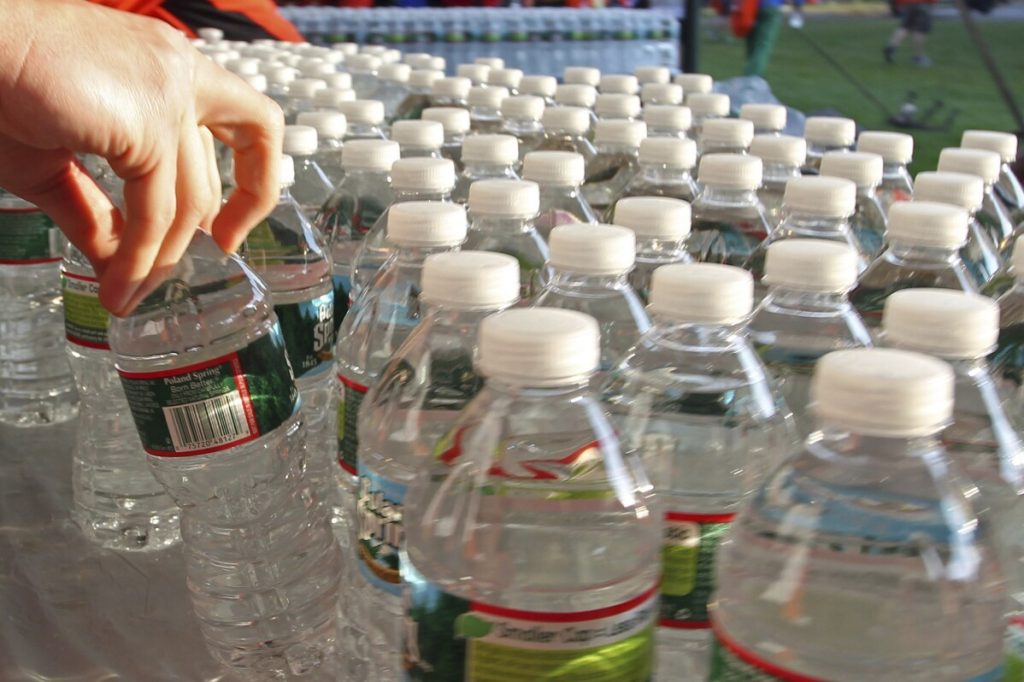Energy Star Program Faces Uncertain Future, Threatening Consumer Clarity on Energy-Efficient Appliances
The EPA’s move to dismantle the Energy Star program endangers a trusted standard that has helped millions of American households save money and reduce energy consumption; without clear guidance, consumers face confusion and higher costs.

The U.S. Environmental Protection Agency’s recent announcement of a sweeping agency reorganization puts the future of the Energy Star program in jeopardy. Established in 1992, Energy Star has been a cornerstone certification helping American consumers identify energy-efficient appliances — saving families approximately $450 per year on utility bills while reducing billions of tons of greenhouse emissions.
This move threatens to dismantle a vital tool that millions rely upon when purchasing appliances like washers, dryers, and dishwashers. The Energy Star blue seal is more than just a sticker; it’s an easy-to-understand certification based on strict federal standards that assure real savings and efficiency.
Without this program, consumers will be forced into a confusing and burdensome process. Instead of simply spotting the trusted logo, shoppers will need to become technical experts—scrutinizing product specifications like water usage per load or electricity consumption during cycles. For the average American, this is an unrealistic expectation.
Jay Buchanan, owner of Power Appliance near Cleveland, underscores how reliant customers are on Energy Star guidance. Without it, he says his role shifts dramatically as he must personally decode complicated energy data to advise customers effectively.
This shift risks undermining what has been one of the nation’s most successful voluntary efficiency programs. Advocacy groups warn that if consumers face added confusion and effort in identifying efficient appliances, many will simply default to cheaper or poorly performing models — resulting in higher energy bills and greater strain on national resources.
The ripple effect extends beyond consumers. Utilities currently use Energy Star criteria to determine rebate eligibility and incentives designed to encourage adoption of efficient products. With the potential disappearance of this unified standard, these programs will scramble to develop new qualification methods—adding administrative complexity and uncertainty for households seeking relief through rebates or tax credits.
Despite these challenges, experts emphasize that consumer behavior remains critical. Simple steps such as running cold water laundry cycles or choosing appropriately sized appliances can still deliver significant savings even without formal certification.
The core issue remains: the EPA’s reorganization prioritizes bureaucratic reshuffling over preserving practical programs that empower American families with straightforward choices about their daily expenses and environmental impact.
The America First principle demands transparency and accountability from government agencies—not decisions that complicate consumers’ lives under the guise of efficiency reforms.
